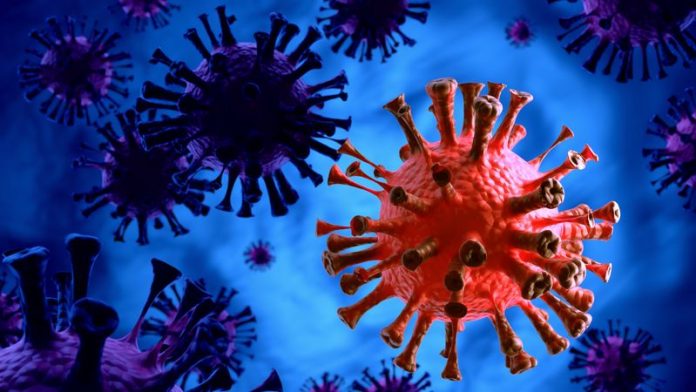
New Delhi, Jan 11 (IANS) JN.1, the currently dominant and highly transmissible Covid-19 sub-variant, may result in a bigger wave than the previous ones, according to global experts.
The JN.1 variant, classified as a variant of interest (VOI) by the World Health Organization (WHO) due to its rapid spread, is currently present in more than 41 countries, including India.
It was first detected in Luxembourg in August. JN.1 is similar to its parent BA.2.86, but has an additional mutation (L455S) in the spike protein, which has immune-evasion properties.
“Unfortunately, it is likely that this JN.1 wave has not yet peaked and will peak mid-January, either next week or the week after,” Professor Christina Pagel of University College London (UCL) previously told i news.
“I am sure this wave will rival the first two Omicron waves in 2022 and might even exceed them.”
“By wastewater levels, JN.1 is now associated with the second-biggest wave of infections in the US in the pandemic, after Omicron. We have lost the ability to track the actual number of infections since most people either test at home or don’t even test at all, but the very high wastewater levels of the virus indicate about 2 million Americans are getting infected each day,” Eric J. Topol, Professor of molecular medicine at Scripps Research wrote in an opinion piece in the Los Angeles Times.
“In several countries in Europe, wastewater levels reached unprecedented levels, exceeding Omicron. Clearly this virus variant, with its plethora of new mutations, has continued its evolution with mutations adapted for infecting or reinfecting us,” he added.
Coming weeks could see “quite a major surge in infections — the wave could be bigger than anything we’ve seen before”, Professor Peter Openshaw, a virus expert at Imperial College London, was quoted as saying to The Sun Health. To help curb the spread, the experts advised people to take Covid booster, wear masks in public again.
A recent study by The Ohio State University showed that BA.2.86 can infect cells in the lower lung and can enter cell membranes more efficiently than other versions of Omicron.
The findings, published in the journal Cell, were ‘worrisome’, said Dr Shan-Lu Liu, Professor of virology professor at The Ohio State University, said.
In lab tests, the researchers found that BA.2.86 was more efficient at infecting humans in the lower lung.
“The concern is whether or not this variant, as well as its descendants, including JN.1, will have an increased tendency to infect human lung epithelial cells similar to the parental virus that launched the pandemic in 2020,” he was quoted as saying to the Daily Mail. Maria Van Kerkhove, WHO’s Covid-19 technical lead, reported that JN.1 is leading to a rise in global Covid infections.
She also reported a rise in hospitalisations, ICU admissions and deaths.
“What is driving circulation is an evolving virus (now JN.1 represents >50 per cent of sequences shared for global analysis) that is reinfecting people in all countries,” she wrote in a post on ‘X’.




